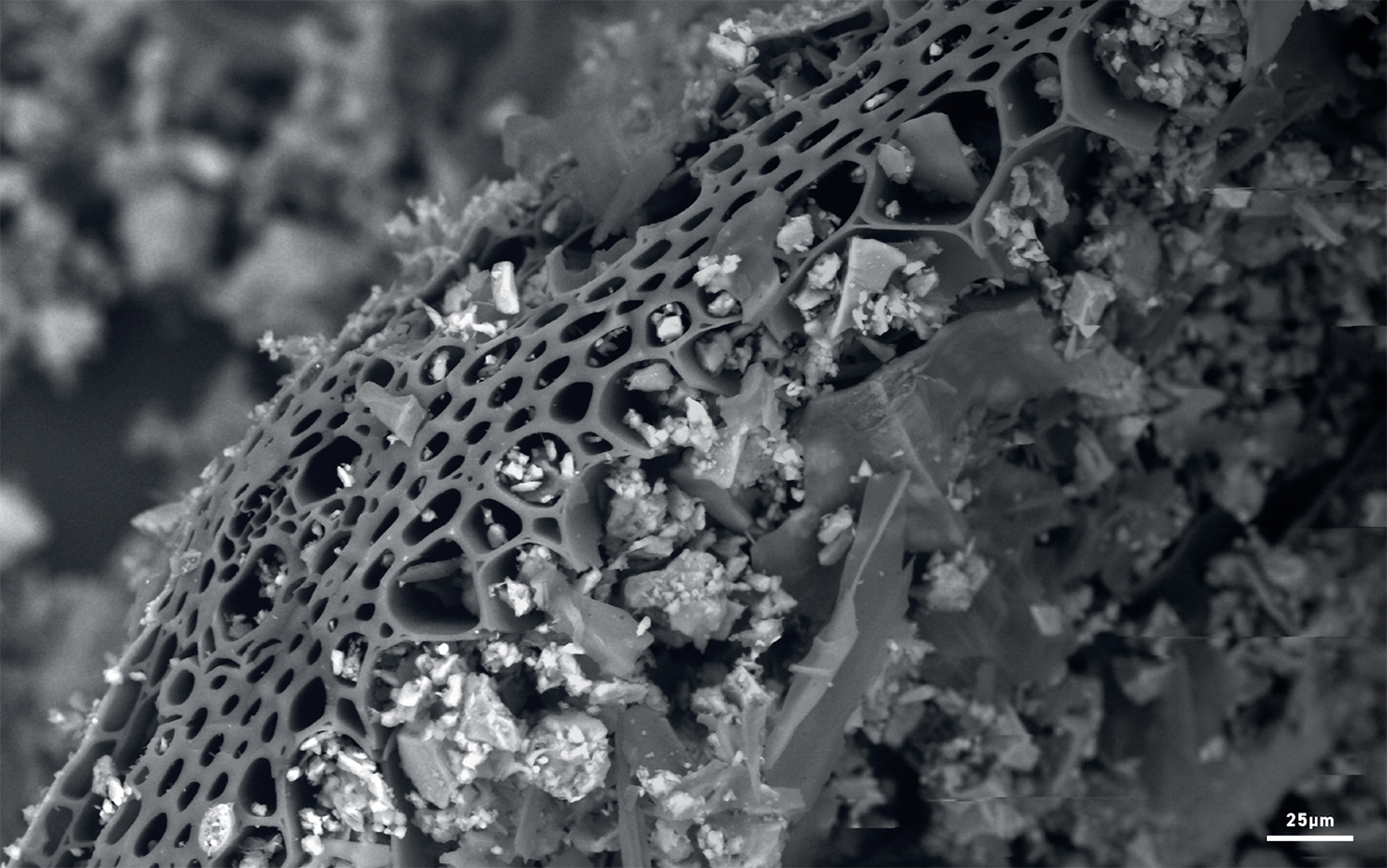Dealing with garbage creates a significant burden in Australian cities. Composting, crushing the waste for use as aggregate, and recycling metals, paper and plastic for reuse, currently ease some of this burden. However turning the remaining waste into a value-added commercial product would make a significant difference. If this could also address the ongoing challenges to the international competitiveness of the agricultural sector, and contribute to carbon management many benefits would be realised.
Profs Stephen Joseph and Paul Munroe at UNSW Sydney and their team have tackled this issue by engineering a mineral-rich, commercially viable, biochar from local garbage that can be used as a coating for NPK fertiliser pellets in intensive agriculture. This coating facilitates a range of agricultural outcomes, including enhanced soil nutrient and water retention, stimulated microbial and chemical activity as well as significant carbon sequestration.
To achieve this, PhD students Ben Pace and Sarasadat Taherymoosavi engineered a mineral-rich biochar from first principles, coated a commercial NPK granule and placed it in an Australian wheat-belt soil for several months. From conception to application, their work provided fundamental proof that such a biochar coating could reduce the leaching of nutrients in Australian soils.
The interaction of mineral and organic components in the mineral-rich biochars results in nanoscale variations in mineral composition. These regions become key respiration points for soil microbes, and excellent sites for nutrient and electron exchange with plant roots.

Highly porous biochar enriched with mineral deposits (lighter coloured particles) impregnating deeply into the pore structure, forming a mineral-organic complex. Imaged by Sarasadat Taherymoosavi.
The researchers used scanning and transmission electron microscopy at Microscopy Australia’s UNSW Sydney facility, the Electron Microscope unit, to compare the microstructure of garbage-derived biochar with one composed of harvested wheat-straw and basalt dust. They found that although the microstructures were comparable, more accessible nanoscale minerals were retained in the garbage-derived biochar pores than in the alternative.
A previous collaborative UNSW study of crop productivity found that the replacement of one quarter of the chemical fertilisers in NSW cropping regions with garbage-derived biochar could:
This substantially opens the way for repurposing this waste stream into a range of future agricultural products.
Sources: ABS, NSW Government
July 26, 2017